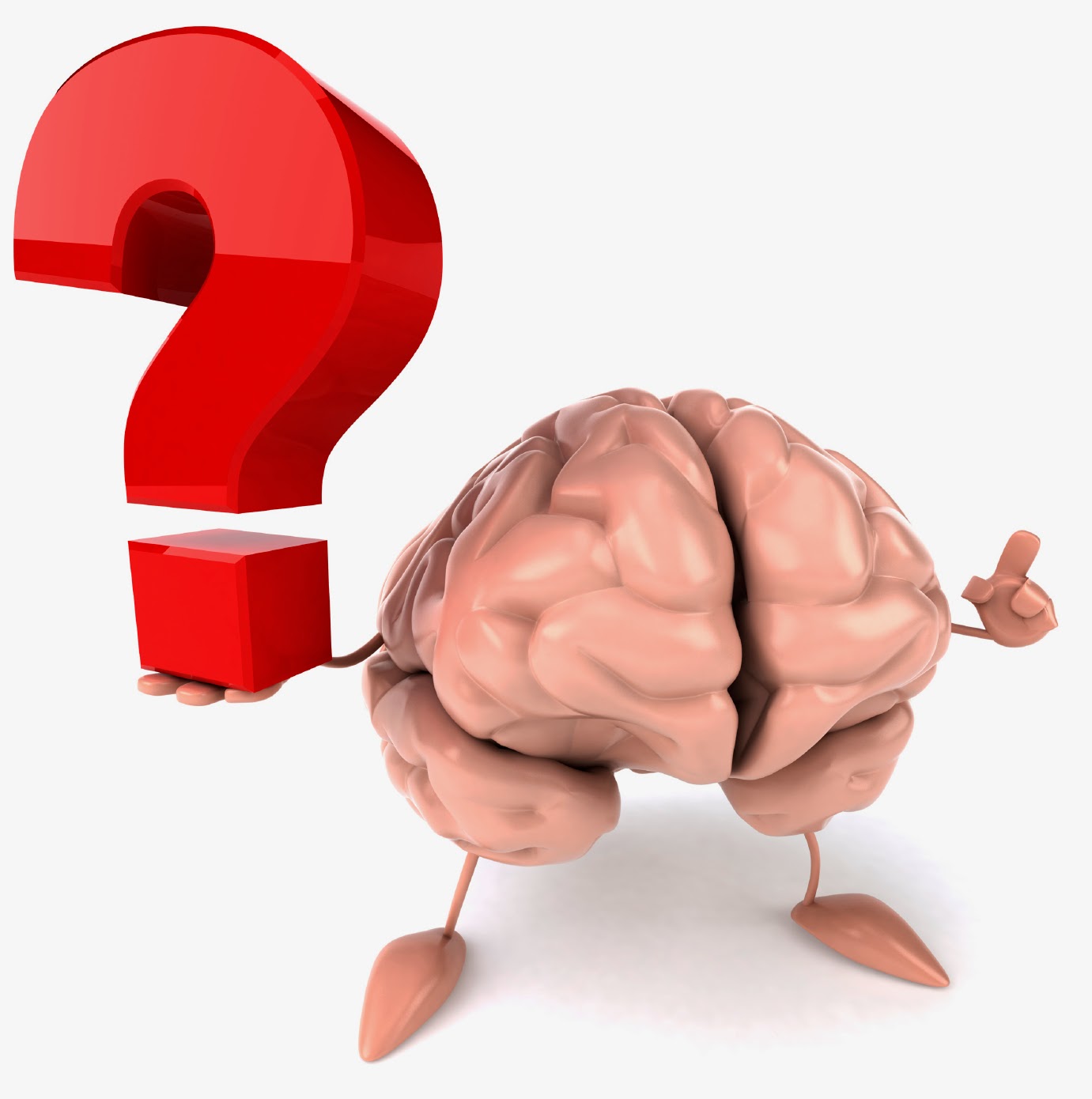Unfortunately,
baby colic is a common condition. While there are still questions
about what exactly causes it, hundreds of babies around the country
suffer from long periods of crying with no explanation. It is just as
upsetting for parents that feel unable to soothe their little one as
it is for the baby. While the symptoms usually disappear in a matter
of weeks, it is still a stressful time period, and it can last
longer. Osteopathic manipulation is a holistic approach that could
help and is worth investigating.
Baby
colic can be difficult to diagnose, but most medical professionals
stick to the rule of threes, symptoms that last at least three hours
a day, three days a week, for three weeks or more. Symptoms usually
include inconsolable crying, upset stomach, gas, discomfort, and
general irritability. Before the doctor will make the diagnosis, they
will rule out all other possible causes.
Often,
treatment is difficult because the cause of the trauma is not always
known. Some believe that osteopathic manipulation can best help baby colic. The birthing process is highly stressful and requires a great
amount of pressure on baby's muscles, bones, and organs. While the
soft tissues and bones are intended to go through the birth canal,
sometimes they don't return to their normal shape. This is especially
true for fast births or those that used forceps. The compressed
musculoskeletal structures could be the cause of the pain and trouble
for baby.
Through
extremely gentle and specific manipulations, a trained osteopathic
doctor can help massage baby's body back to its intended form. This
could help relieve the symptoms of baby colic, as the body heals and
begins to function properly. While only a professional in osteopathy
can make a proper evaluation, it could be worth saving frustration
and pain on your part and on baby's to seek council about osteopathic
treatment.
If
you would like to learn more about baby colic in the Austin area,
visit Tamara McReynolds, D.O.


